Home>Garden Essentials>What Are Seed Plants
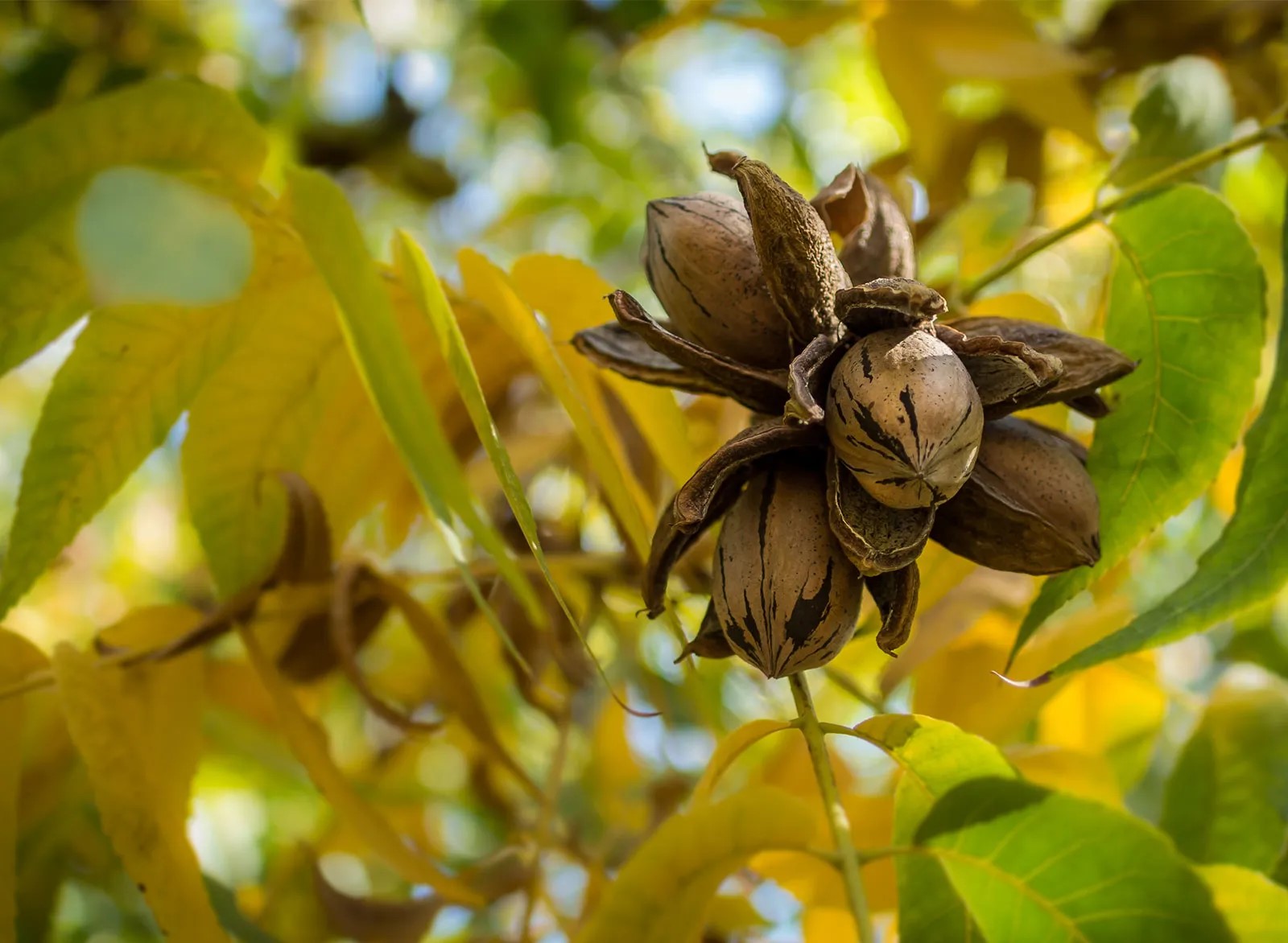

Garden Essentials
What Are Seed Plants
Modified: March 16, 2024
Learn all about seed plants and how to grow them in your own garden. Discover the benefits and beauty of incorporating these plants into your outdoor space.
(Many of the links in this article redirect to a specific reviewed product. Your purchase of these products through affiliate links helps to generate commission for Storables.com, at no extra cost. Learn more)
Introduction
Seed plants, also known as spermatophytes, are a diverse group of plants that have the unique ability to produce seeds. They are the dominant group of plants on Earth and play a crucial role in the ecosystem. From towering trees in a dense forest to the delicate flowers in a garden, seed plants are found in diverse habitats all around the world.
Seed plants are a remarkable evolutionary step in the plant kingdom. They have advanced reproductive structures that allow them to reproduce efficiently and disperse their offspring to new areas. This has given them a competitive advantage over other plant groups and has contributed to their widespread success.
In this article, we will explore the fascinating world of seed plants, delving into their characteristics, evolution, classification, and importance. We will also discuss the various types of seed plants and their reproductive processes. Additionally, we will examine the role of seed plants in our lives and the challenges they face in terms of conservation.
So, let’s embark on this botanical journey and uncover the wonders of seed plants. Explore the diversity, understand their significance, and gain a deeper appreciation for these botanical powerhouses that shape our world.
Key Takeaways:
- Seed plants, like trees and flowers, are super important because they make seeds that help them survive and grow in different places. They also give us food, medicine, and make our world beautiful.
- Seed plants are in danger because of things like losing their homes, invasive plants, and climate change. We can help by protecting their habitats, using plants responsibly, and learning more about them.
Read more: What Is A Plant Seed
Definition of Seed Plants
Seed plants, scientifically known as spermatophytes, are a group of plants that possess the unique ability to produce seeds. Seeds are structures that contain the plant embryo, along with a supply of nutrients to support its early growth. These seeds act as a protective casing for the developing plant and play a vital role in dispersal, ensuring the continuation and survival of the species.
What sets seed plants apart from other plant groups is their ability to produce seeds. Unlike non-seed plants, such as mosses and ferns, which rely on spores for reproduction, seed plants have evolved complex reproductive structures that make them highly successful. The seeds allow these plants to disperse and colonize new habitats, ensuring their survival even in challenging conditions.
Seed plants can be found in various sizes and forms, ranging from towering trees to small flowering plants. They exhibit a wide range of adaptations to survive in different environments, including deserts, rainforests, and even underwater.
The development of seeds in seed plants has brought significant advantages. The protective covering of the seed shields the embryo from external threats such as desiccation and predation. The presence of stored nutrients within the seed provides nourishment to the embryo during its early stages of growth, ensuring a higher chance of survival.
Furthermore, the evolution of seeds allowed seed plants to disperse over vast distances. Seeds can be dispersed by wind, water, animals, or even explosively. This dispersal mechanism increases the likelihood of colonizing new areas and reduces competition among individuals of the same species.
Overall, seed plants represent a major milestone in the evolution of plant life on Earth. Their ability to produce seeds has allowed them to adapt and thrive in diverse environments, becoming the dominant group of plants globally. As we delve deeper into the world of seed plants, we will uncover the incredible characteristics that make them so unique.
Evolution and Classification of Seed Plants
The evolution of seed plants marked a significant milestone in the history of plant life on Earth. This evolutionary development provided plants with more efficient reproductive structures and allowed them to adapt to various environments. The classification of seed plants is based on their evolutionary relationships and shared characteristics.
Seed plants are believed to have evolved around 360 million years ago, during the late Devonian period. They are thought to have originated from plants that reproduced via spores, similar to non-seed plants. However, these early seed plants gradually developed reproductive structures that allowed them to produce seeds, which provided several advantages for their survival and diversification.
There are two main groups of seed plants: gymnosperms and angiosperms.
Gymnosperms are the older of the two groups and include plants such as conifers, cycads, and ginkgoes. They produce seeds that are not enclosed in a protective ovary. Instead, the seeds are usually borne on the surfaces of cones or similar structures. Gymnosperms were dominant during the Mesozoic era and were well adapted to tolerate harsh environmental conditions, including cold temperatures and arid landscapes.
Angiosperms, also known as flowering plants, evolved more recently and are the most diverse and widespread group of plants today. They produce seeds that are enclosed within a protective ovary, which develops into a fruit after fertilization. This unique reproductive structure allows for more efficient seed dispersal and is associated with the coevolution of angiosperms with animal pollinators. Angiosperms have evolved an incredible array of flower types, leading to their successful colonization of numerous habitats worldwide.
The classification of seed plants is further divided into divisions, classes, and families based on shared characteristics and evolutionary relationships. For example, within the gymnosperms, there are divisions such as Coniferophyta (conifers), Cycadophyta (cycads), and Ginkgophyta (ginkgoes). Within the angiosperms, there are classes such as Magnoliopsida (dicots) and Liliopsida (monocots), which are further divided into numerous families.
Advancements in molecular techniques have provided new insights into the classification of seed plants. DNA sequences are now used to determine phylogenetic relationships and refine their classification. This has led to revisions in the classification of some plant groups and a better understanding of their evolutionary history.
Studying the evolution and classification of seed plants allows scientists to unravel the intricate relationships between different plant species. It provides a framework for understanding their adaptations, diversity, and ecological significance. By examining the evolutionary history of seed plants, we gain a deeper appreciation for their remarkable ability to survive and thrive in various environments.
Characteristics and Features of Seed Plants
Seed plants possess a range of unique characteristics and features that distinguish them from other plant groups. These traits have contributed to their evolutionary success and dominance in the plant kingdom. Let’s explore some of the key characteristics and features of seed plants.
1. Seeds: One of the most distinguishing features of seed plants is the production of seeds. Seeds consist of an embryo, which carries the genetic information of the plant, and a protective outer covering. This protective casing helps safeguard the embryo and provides it with nutrients for initial growth. The ability to produce seeds has allowed seed plants to colonize a wide range of habitats.
2. Vascular System: Seed plants possess a complex vascular system that consists of xylem and phloem. Xylem transports water and nutrients from the roots to the rest of the plant, while phloem transports sugars and other organic compounds to various parts of the plant. This vascular system allows for efficient transport and distribution of resources within the plant.
3. Diverse Reproductive Structures: Seed plants exhibit a variety of reproductive structures, including flowers, cones, and spores. Flowers are unique to angiosperms and are specialized structures for sexual reproduction. They attract pollinators and facilitate the transfer of pollen to the female reproductive organs. Cones, on the other hand, are characteristic of gymnosperms and contain structures called scales that bear reproductive structures and seeds. Some seed plants, like ferns and horsetails, reproduce via spores.
4. Alternation of Generations: Seed plants, like all land plants, undergo an alternation of generations in their life cycle. This means that they have two distinct phases – a haploid (gametophyte) phase and a diploid (sporophyte) phase. The gametophyte produces gametes (sperm and eggs), which combine during fertilization to form the sporophyte. The sporophyte, in turn, produces spores that give rise to the next generation of gametophytes.
5. Adaptations to Various Environments: Seed plants have evolved incredible adaptations to survive in diverse environments. Conifers, for example, have needle-like leaves to minimize water loss in arid conditions. Some seed plants have developed symbiotic relationships with mycorrhizal fungi, which help enhance nutrient uptake. The presence of seeds also allows for efficient dispersal, enabling seed plants to colonize new habitats and expand their range.
6. Long Lifespan: Many seed plants have an extended lifespan, with some species living for hundreds or even thousands of years. This longevity can be attributed to their ability to withstand environmental stresses, such as drought, extreme temperatures, and disease. Trees like oak and redwood are famed for their long lifespans, symbolizing the resilience and endurance of seed plants.
The unique characteristics and features of seed plants have allowed them to thrive and adapt to a multitude of environments worldwide. With their ability to produce seeds and develop complex reproductive structures, seed plants have become the dominant group of plants on Earth, playing a vital role in ecosystems and intertwining with human cultures throughout history.
Reproduction in Seed Plants
Reproduction in seed plants is a complex and fascinating process that allows for the continuation of species and the dispersal of offspring. Seed plants have evolved intricate reproductive structures and strategies to ensure successful reproduction. Let’s delve into the various aspects of reproduction in seed plants.
1. Pollination: Pollination is the transfer of pollen from the male reproductive organs (stamen) to the female reproductive organs (pistil). In angiosperms, this process is often facilitated by animals, such as bees, butterflies, and birds, which are attracted to the flowers by their colors, scents, or nectar. The pollen grains carry the male gametes, which fertilize the eggs in the ovary. In gymnosperms, wind pollination is more common, as they produce cones instead of flowers.
2. Fertilization: Fertilization occurs after successful pollination when the pollen grain reaches the stigma of the pistil. A pollen tube grows from the pollen grain and extends down through the style to reach the ovary. This tube delivers the sperm cells to the ovule, where fertilization takes place. The fusion of the sperm and egg cells forms a zygote, which develops into an embryo.
3. Seed Development: Following fertilization, the ovule develops into a seed. The fertilized ovule undergoes changes, with the fertilized egg developing into an embryo, and the surrounding tissue forming the endosperm or seed coat. The endosperm provides nutrients for the developing plant, while the seed coat offers protection.
4. Seed Dispersal: Seed dispersal is crucial for the survival and distribution of seed plants. Seeds have various mechanisms for dispersal, which can be facilitated by wind, water, animals, or even explosive forces. Some seeds are equipped with structures like wings or hairs, aiding in wind dispersal. Others have adaptations for attachment to animals or are enclosed within fleshy fruits, enticing animals to eat them and disperse the seeds through their droppings.
5. Germination: Germination is the process by which a seed develops into a new plant. It begins when favorable conditions, including the right temperature, moisture, and nutrients, are present. The embryo within the seed absorbs water and starts to grow, producing a root that anchors the plant and shoots that emerge above the ground. With the necessary resources, the seedling continues to grow and eventually matures into an adult plant.
Reproduction in seed plants is a remarkably efficient and diverse process, ensuring the survival and adaptation of species. The ability to produce seeds provides seed plants with numerous advantages, including the ability to endure harsh environmental conditions, colonize new habitats, and disperse their offspring effectively. Understanding the intricacies of seed plant reproduction not only enhances our knowledge of these incredible organisms but also sheds light on the interconnectedness and resilience of the natural world.
Seed plants, also known as spermatophytes, are a group of plants that reproduce through seeds. They include gymnosperms (like conifers) and angiosperms (flowering plants). These plants have a more efficient way of reproducing and spreading compared to non-seed plants.
Read more: What Is The Fastest Plant To Germinate
Types of Seed Plants
Seed plants are a diverse group that encompasses a wide array of species, each with its unique characteristics, adaptations, and ecological roles. There are two main types of seed plants: gymnosperms and angiosperms. Let’s explore these two groups and their subdivisions in more detail.
1. Gymnosperms: Gymnosperms are seed plants that produce seeds that are not enclosed in a protective ovary. They were the dominant group of seed plants during the Mesozoic era and are still prevalent today. Gymnosperms have a remarkable ability to adapt to harsh environmental conditions and can be found in diverse habitats worldwide. There are four major divisions of gymnosperms:
– Conifers: Conifers are the most common group of gymnosperms and include familiar plants such as pines, spruces, firs, and cypresses. They are characterized by their needle-like or scale-like leaves and the production of cones for reproduction. Conifers can thrive in various climatic conditions, from temperate forests to taiga or boreal regions.
– Cycads: Cycads are ancient seed plants that resemble palms or tree ferns. They have large, compound leaves and often form a crown of foliage at the top of a trunk. Cycads are tropical or subtropical plants and are known for their slow growth rate and long lifespan.
– Ginkgoes: Ginkgoes are unique seed plants that are often referred to as “living fossils” due to their ancient lineage. They have distinct fan-shaped leaves and are dioecious, meaning that male and female reproductive structures occur on separate trees. Ginkgoes are commonly planted in urban environments because of their aesthetic appeal and tolerance to pollution.
– Gnetales: Gnetales are a small group of gymnosperms that includes three living genera: Gnetum, Ephedra, and Welwitschia. They have a combination of traits that resemble those of angiosperms, such as the presence of vessel-like cells in their xylem tissues. Gnetales are found mainly in arid or tropical regions.
2. Angiosperms: Angiosperms, also known as flowering plants, are the most diverse group of seed plants and dominate the plant kingdom. They produce seeds encased within a protective ovary, which develops into a fruit after fertilization. The wide range of angiosperms includes diverse plants such as grasses, herbs, shrubs, and trees. Angiosperms are further classified into two main classes:
– Monocots: Monocots refer to plants with a single cotyledon, or seed leaf. Examples of monocots include grasses, lilies, orchids, and palms. Monocots are characterized by parallel-veined leaves, scattered vascular bundles in the stems, and flower parts in multiples of three.
– Dicots: Dicots, also known as eudicots, have two cotyledons in their seeds. They make up the majority of angiosperms and include a vast range of plants like roses, sunflowers, beans, and oak trees. Dicots are characterized by net-veined leaves, vascular bundles arranged in a ring in the stems, and flower parts in multiples of four or five.
Understanding the different types of seed plants helps us appreciate their incredible diversity, ecological importance, and adaptability. The variations in their reproductive structures, growth habits, and environmental preferences contribute to the rich tapestry of plant life on our planet. From towering conifers to delicate orchids, seed plants offer an endless array of forms and functions, shaping the landscapes and ecosystems we encounter.
Importance and Uses of Seed Plants
Seed plants, with their diverse forms and adaptations, play a crucial role in the functioning of ecosystems and provide numerous invaluable benefits to human societies. Let’s explore the importance and uses of seed plants in various aspects of our lives.
1. Food and Agriculture: Seed plants serve as the primary source of food for humans and animals alike. Cereal crops such as wheat, rice, corn, and oats are staple food sources globally, providing essential nutrients and calories. Fruits, vegetables, legumes, and nuts are also derived from seed plants and form an integral part of a balanced diet. Moreover, seed plants, such as clover and alfalfa, are utilized as fodder for livestock.
2. Medicine and Pharmaceuticals: Many seed plant species have medicinal properties and have long been used in traditional medicine practices. From aspirin derived from willow bark to quinine from the Cinchona tree, plant-based medicines have greatly contributed to human health. Today, pharmaceutical companies continue to research seed plants for potential new drugs, as they contain compounds with therapeutic properties.
3. Wood and Timber: Seed plants account for the majority of the world’s timber production. Trees such as pine, oak, mahogany, and teak are valued for their strong and durable wood, which is used in construction, furniture-making, and various industries. Additionally, seed plants provide raw materials for the production of paper, pulp, and fiber.
4. Ecological Services: Seed plants are essential components of ecosystems and provide numerous ecological services. They help prevent soil erosion through their root systems, mitigate flooding by absorbing and storing water, and improve air quality by removing pollutants and releasing oxygen. Seed plants also create habitats for countless organisms, providing shelter, food, and nesting sites.
5. Aesthetic and Recreational Purposes: The beauty and diversity of seed plants enhance our surroundings and bring joy to our lives. Gardens, parks, and botanical gardens are filled with flowers, trees, and ornamental plants, creating aesthetic landscapes that have a positive impact on our well-being. Seed plants are also used in landscaping to create green spaces, shade, and visual appeal.
6. Economic Benefits: Seed plants contribute significantly to global economies. Agriculture and horticulture industries rely on seed plants for crop production, generating employment opportunities and income for millions of people worldwide. Additionally, the plant nursery industry, seed sales, and related businesses depend on the demand for seed plants.
7. Biodiversity Conservation: Seed plants are crucial for biodiversity conservation efforts. By preserving and restoring natural habitats that support diverse seed plant communities, we can conserve numerous plant species and the ecosystems they sustain. Seed banks also play a vital role in preserving genetic diversity, safeguarding seeds for future restoration and research.
Seed plants are a cornerstone of human civilization, providing food, medicine, raw materials, and a multitude of services that support our daily lives. Recognizing their importance allows us to appreciate and conserve these remarkable organisms, ensuring their continued contributions to our well-being and the health of our planet.
Threats and Conservation of Seed Plants
Seed plants, despite their significance and abundance, face numerous threats that endanger their survival and the ecosystems they inhabit. Understanding these threats is essential for implementing effective conservation strategies. Let’s explore some of the main threats to seed plants and the importance of conservation efforts.
1. Habitat Loss and Fragmentation: The conversion of natural habitats to agriculture, urbanization, and infrastructure development is a major threat to seed plants. Deforestation and habitat fragmentation disrupt ecosystems, destroy plant populations, and reduce biodiversity. Loss of habitat not only directly affects seed plants but also impacts the animals and organisms that rely on them for food and shelter.
2. Invasive Species: Invasive plant species can outcompete native seed plants, disrupt natural ecosystems, and alter ecological processes. These aggressive species often lack natural predators or diseases in their new habitats, allowing them to spread rapidly and outcompete native plants for resources.
3. Climate Change: Climate change poses a significant threat to seed plants. Rising temperatures, changes in rainfall patterns, and extreme weather events can disrupt flowering and seed production, affect pollinator behavior, and alter the timing of germination. These disruptions can lead to declines in seed plant populations and impact the overall functioning of ecosystems.
4. Overexploitation: Unsustainable harvesting of seed plants for timber, medicinal uses, and commercial purposes poses a threat to their populations. Overharvesting can deplete seed plant populations, reducing their genetic diversity and compromising their ability to adapt to changing environmental conditions.
5. Pollution: Pollution from industrial activities, agriculture, and urban areas can negatively impact seed plants. Air pollution affects plant health, reduces photosynthesis rates, and contributes to the decline of sensitive plant species. Contamination of water bodies by pollutants can also harm seed plants and disrupt aquatic ecosystems.
Conservation efforts are essential to protect seed plants and mitigate the threats they face. Here are some key conservation strategies:
1. Habitat Conservation: Protecting and conserving natural habitats is vital for the preservation of seed plants. This includes establishing protected areas, national parks, and nature reserves that safeguard diverse plant communities. Conservation organizations and governments can work together to prioritize habitat conservation and promote sustainable land-use practices.
2. Invasive Species Management: Managing and controlling invasive plant species is crucial to protect native seed plants. Vigilant monitoring, early detection, and prompt eradication of invasive species can help prevent their spread and minimize the negative impacts on native plant populations.
3. Climate Change Adaptation: Efforts should be focused on reducing greenhouse gas emissions and mitigating the impacts of climate change. Reforestation, restoration of degraded habitats, and the promotion of climate-resilient seed plant species can help enhance their ability to withstand changing environmental conditions.
4. Sustainable Use and Harvesting: Adopting sustainable practices for the use and harvesting of seed plants ensures their long-term survival. This includes implementing regulations and guidelines for responsible harvesting, promoting the cultivation of threatened species, and supporting local communities engaged in sustainable use of seed plants.
5. Education and Awareness: Raising public awareness about the importance of seed plants and their conservation is vital. Education programs, community engagement, and promoting citizen science initiatives can help foster a broader understanding of the value of seed plants and inspire collective action.
Protecting and conserving seed plants is not only essential to maintain biodiversity and ecological balance but also crucial for the well-being of humans and other organisms that rely on these plants for various resources and ecosystem services. By recognizing the threats they face and implementing effective conservation strategies, we can safeguard seed plants for future generations and contribute to the resilience and health of our planet.
Conclusion
Seed plants, with their remarkable adaptations and diverse forms, are essential components of our planet’s ecosystems. From towering trees in ancient forests to the delicate blooms in our gardens, seed plants shape the landscapes we admire and provide numerous benefits to humans and the environment.
Throughout this article, we’ve explored the definition, evolution, and classification of seed plants. We’ve delved into their characteristics, reproductive processes, and the various types of seed plants, including gymnosperms and angiosperms. We’ve also examined the importance and uses of seed plants in our daily lives, including their role in food production, medicine, timber, and ecological services. Furthermore, we discussed the threats faced by seed plants, such as habitat loss, invasive species, climate change, overexploitation, and pollution, emphasizing the need for conservation efforts.
Conservation plays a crucial role in ensuring the survival and well-being of seed plants. Protecting their habitats, managing invasive species, adapting to climate change, promoting sustainable use, and raising awareness are all vital steps in safeguarding these invaluable organisms. By conserving seed plants, we preserve biodiversity, maintain ecological balance, and secure the numerous benefits they provide.
Our understanding of seed plants and their conservation is an ongoing journey. With advances in research, technology, and collective efforts, we can continue to deepen our knowledge and develop more effective conservation strategies. By recognizing the pivotal role of seed plants in our existence, we can foster a deeper appreciation for their beauty, diversity, and resilience.
As individuals, we can contribute to seed plant conservation by supporting sustainable practices, planting native species, and advocating for their protection. By valuing seed plants and their importance, we can create a future where these remarkable organisms continue to thrive, enriching our lives and sustaining the delicate balance of our planet.
So, let us embrace the wonders of seed plants, for they are not only the foundation of our ecosystems but also a source of inspiration and admiration. Together, let’s work towards their conservation, ensuring a flourishing world for generations to come.
Frequently Asked Questions about What Are Seed Plants
Was this page helpful?
At Storables.com, we guarantee accurate and reliable information. Our content, validated by Expert Board Contributors, is crafted following stringent Editorial Policies. We're committed to providing you with well-researched, expert-backed insights for all your informational needs.
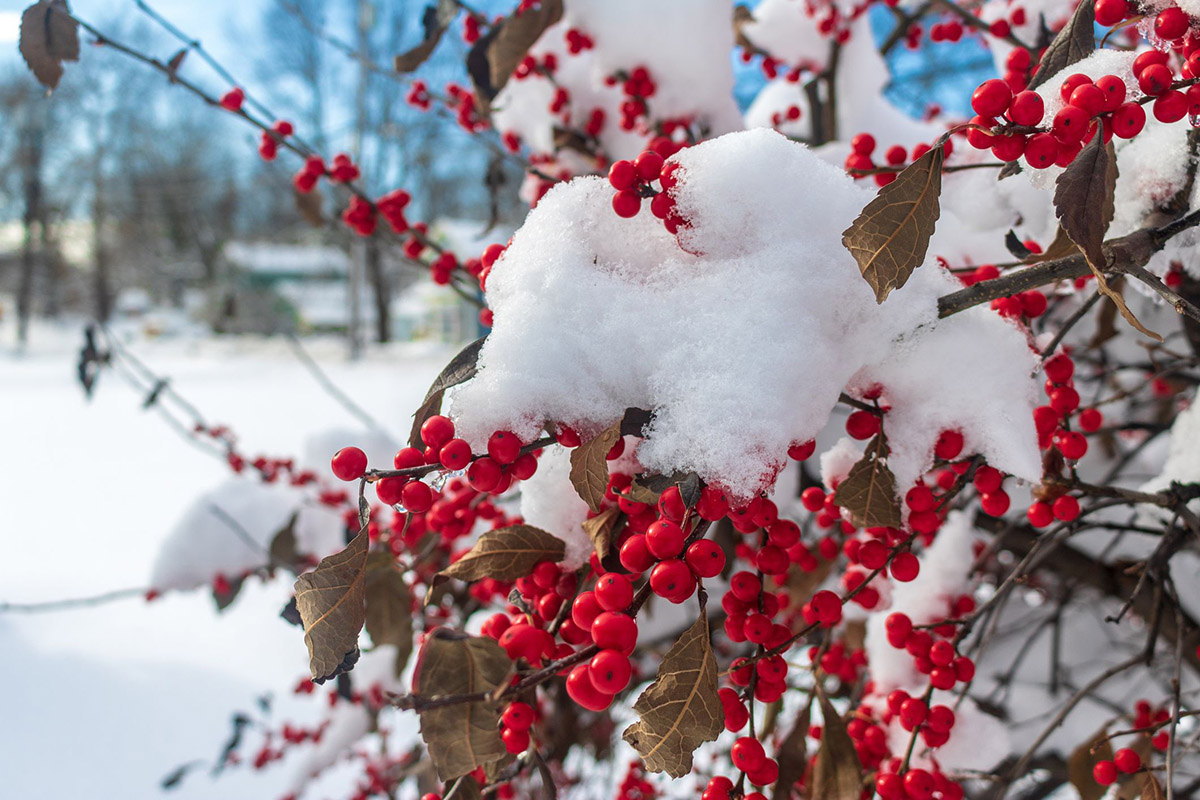
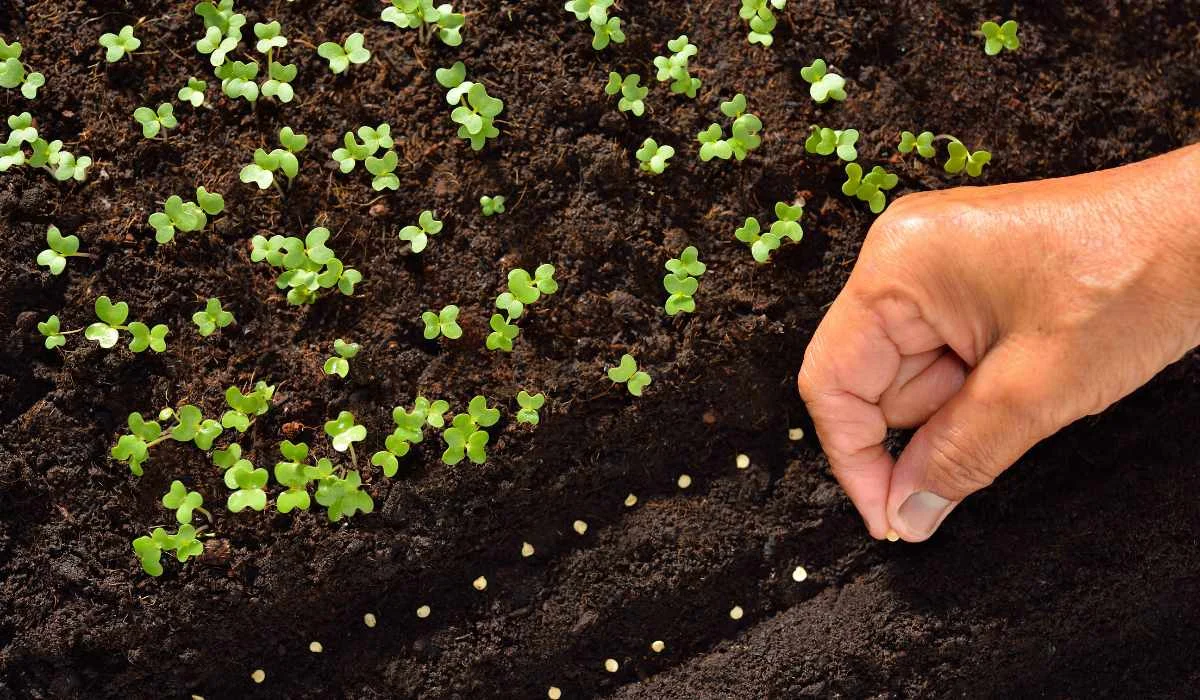
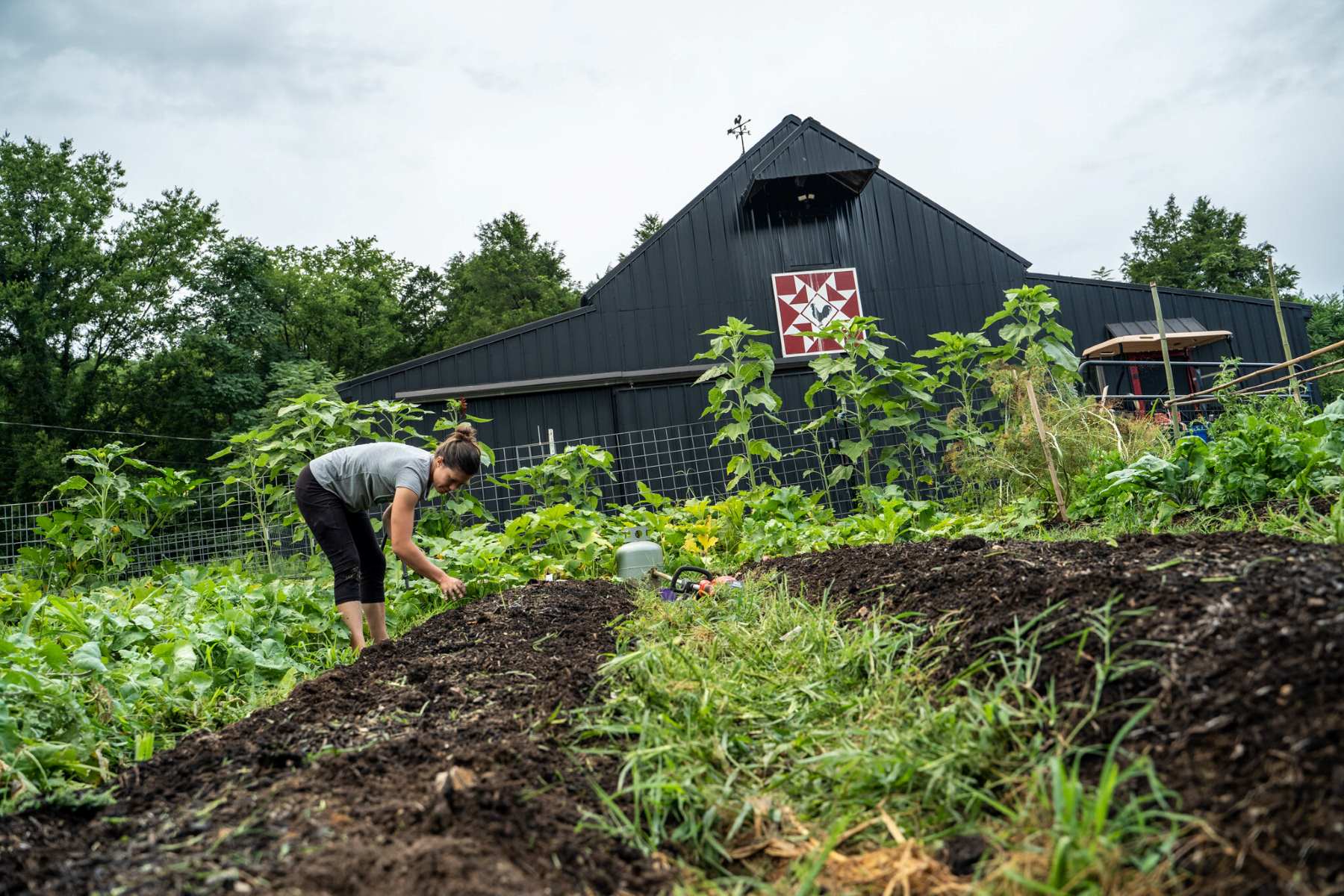
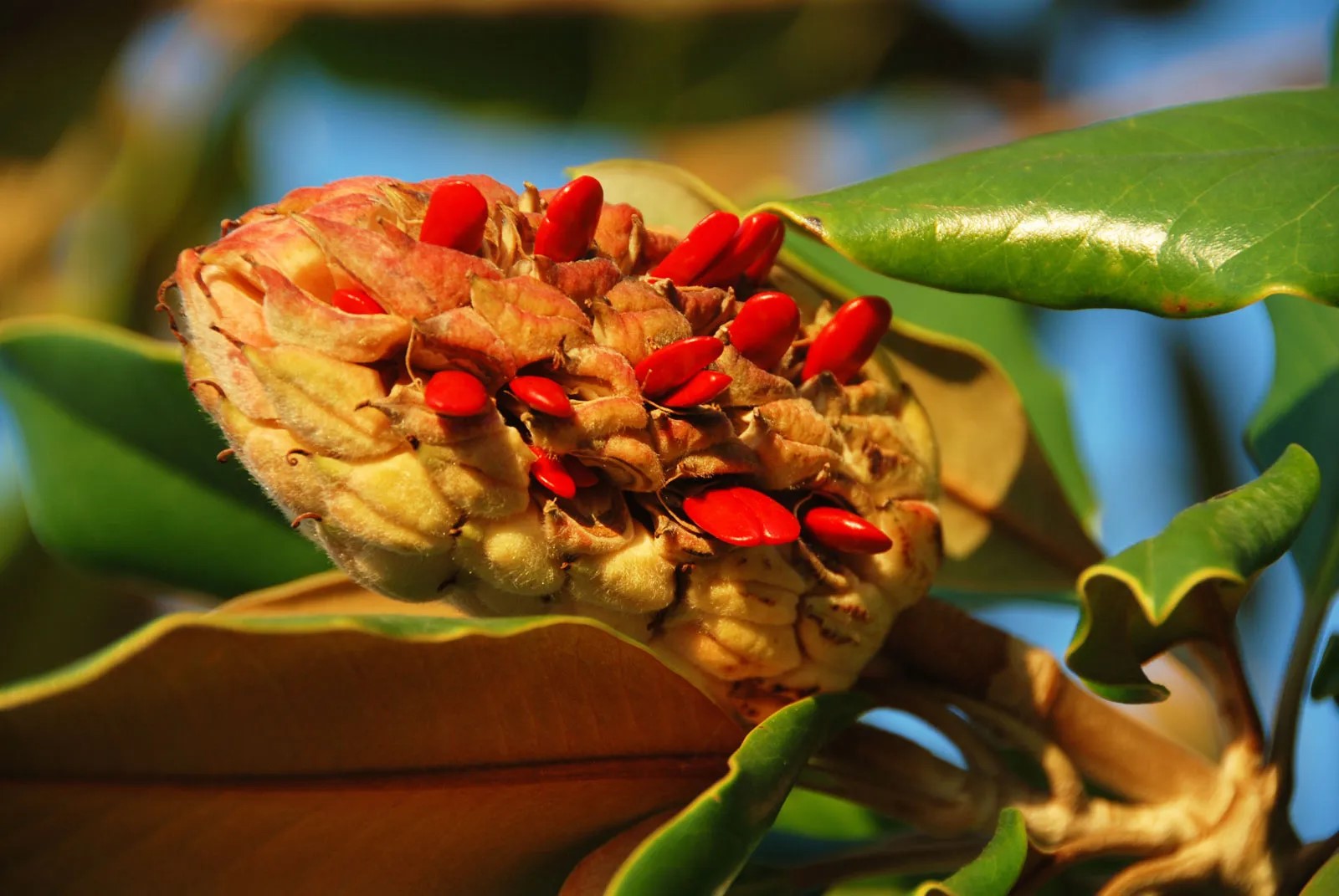
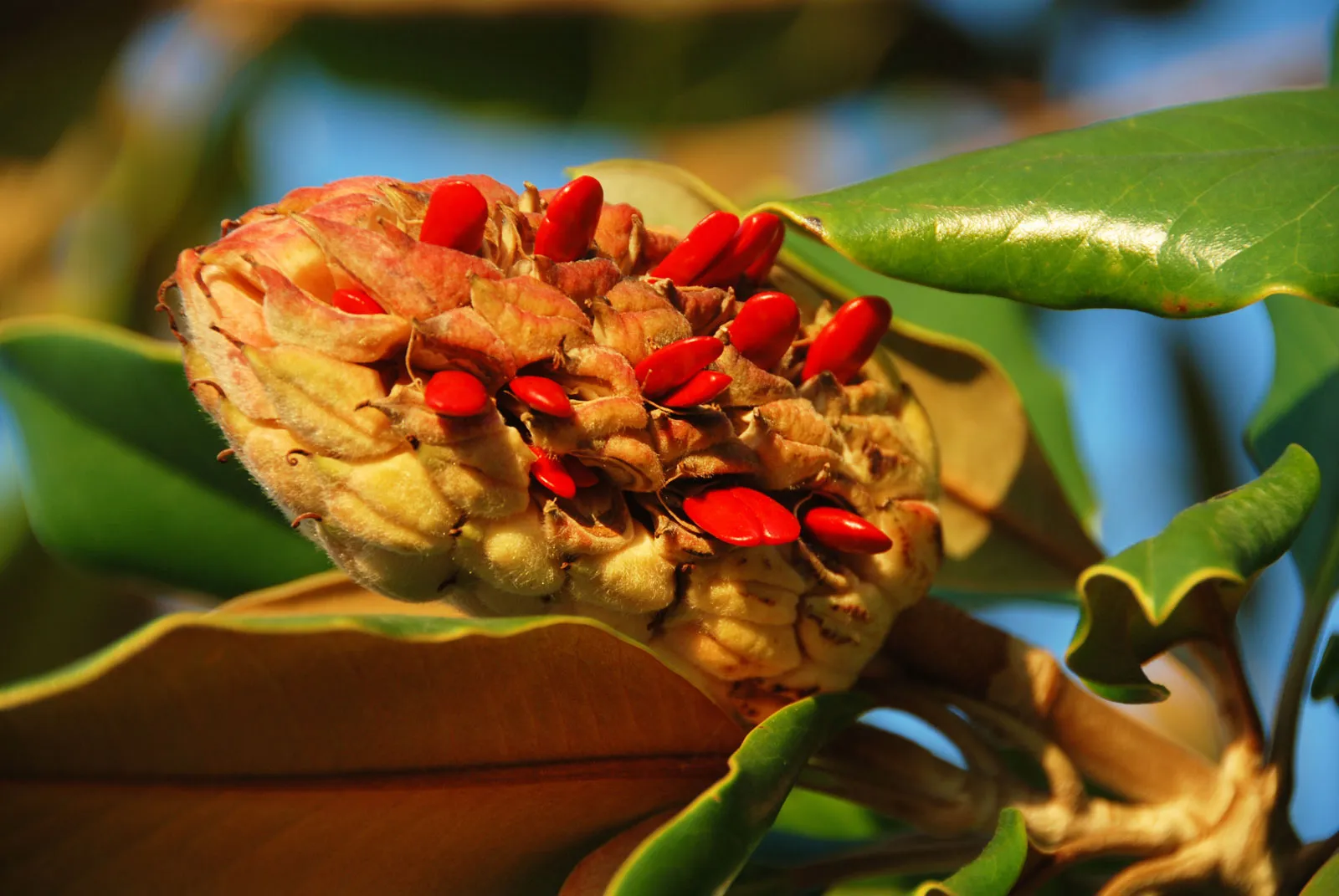
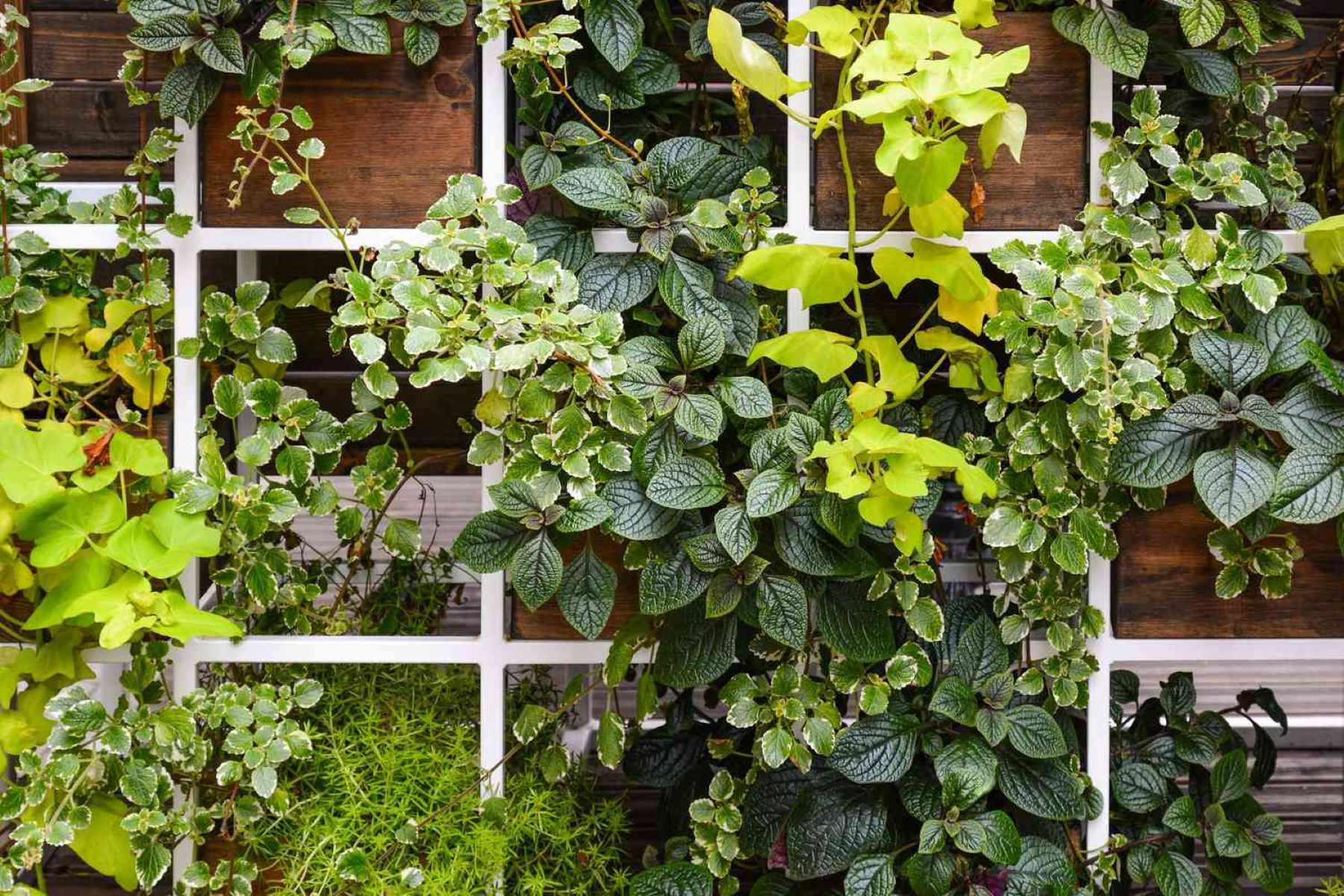
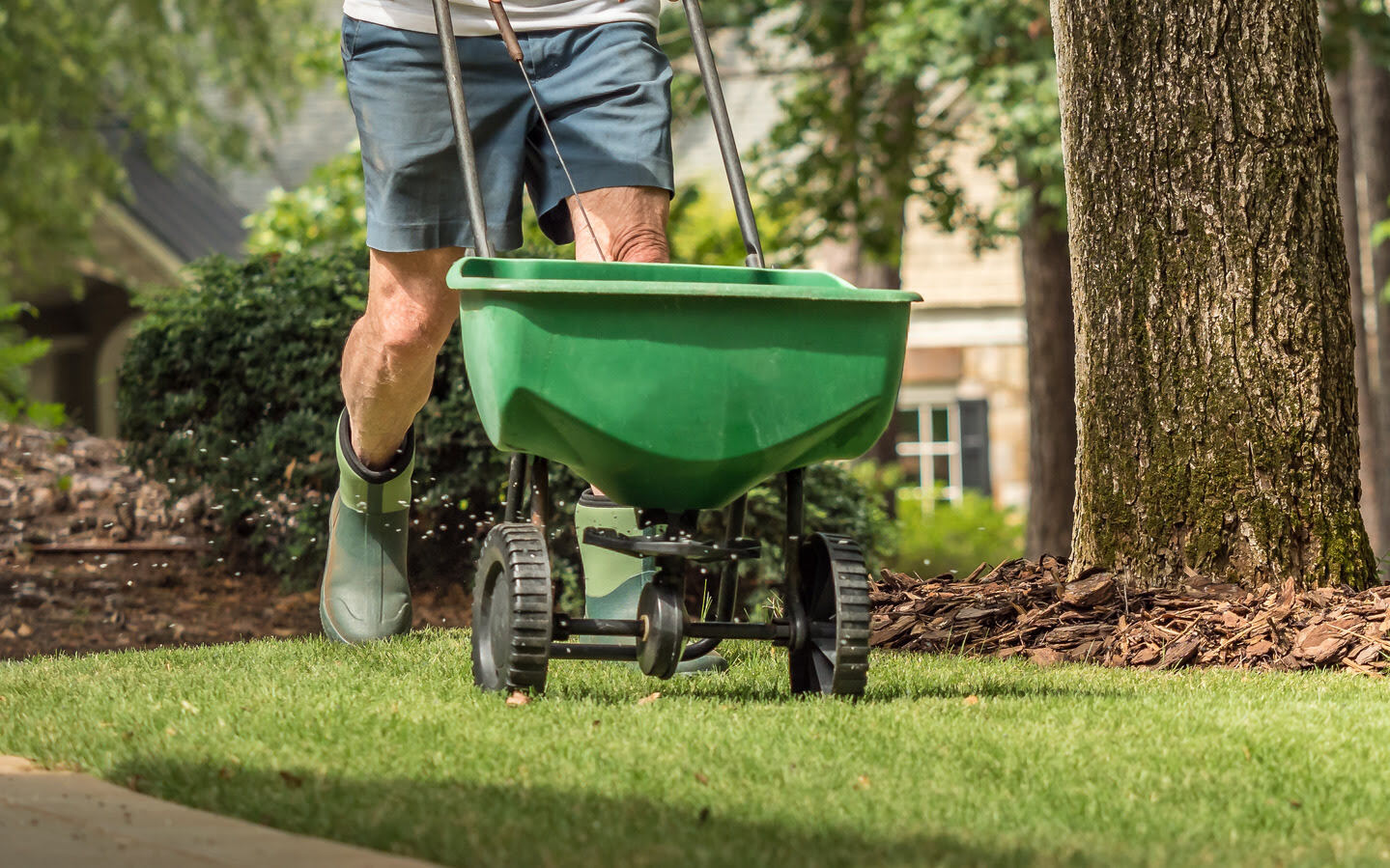
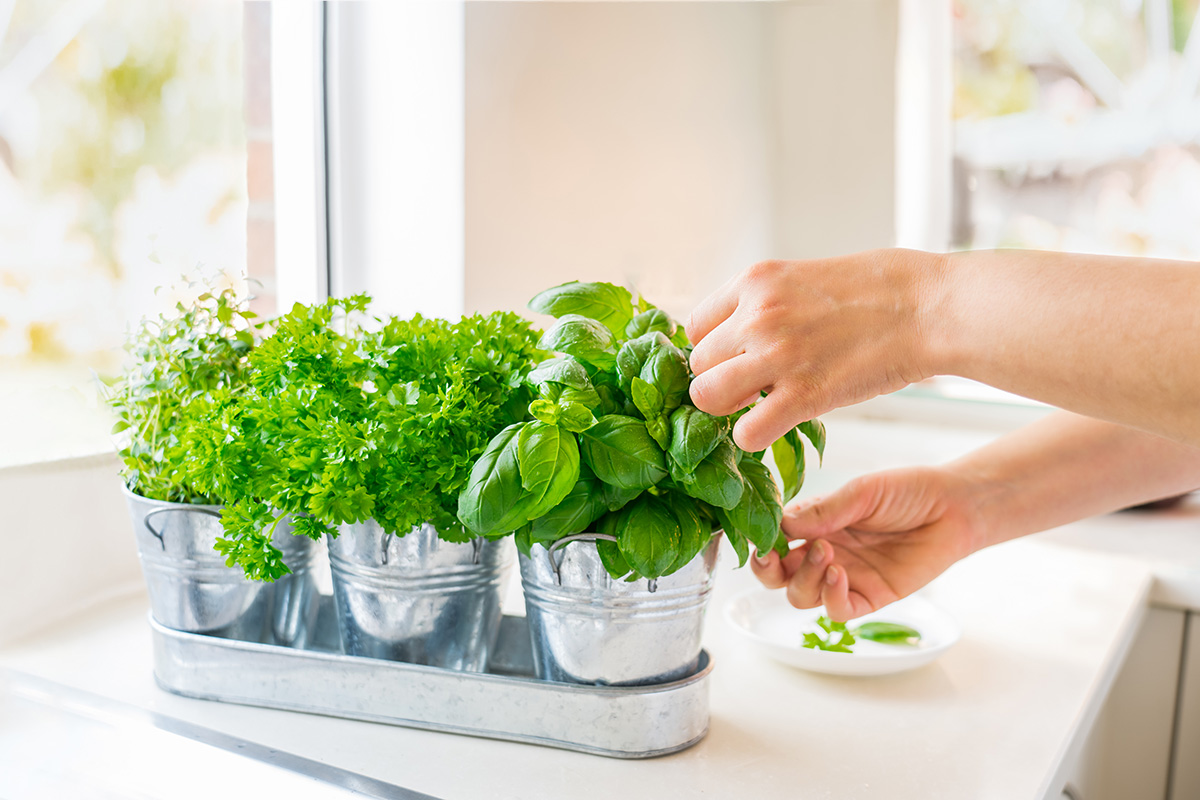
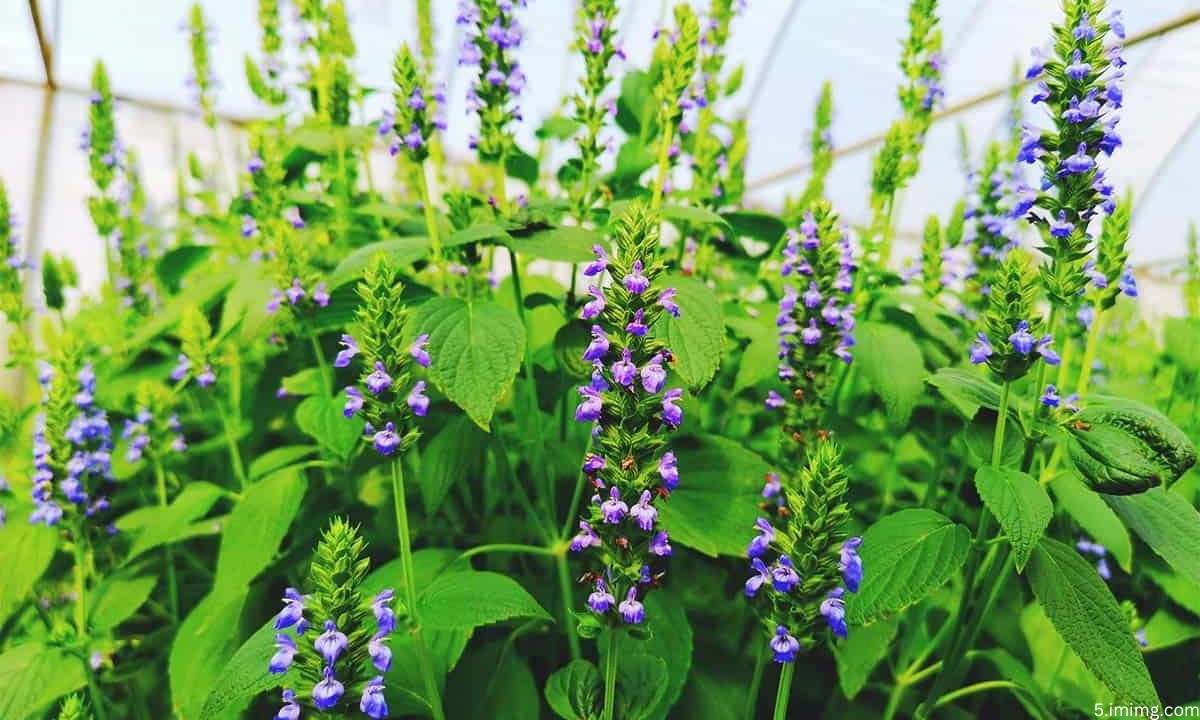
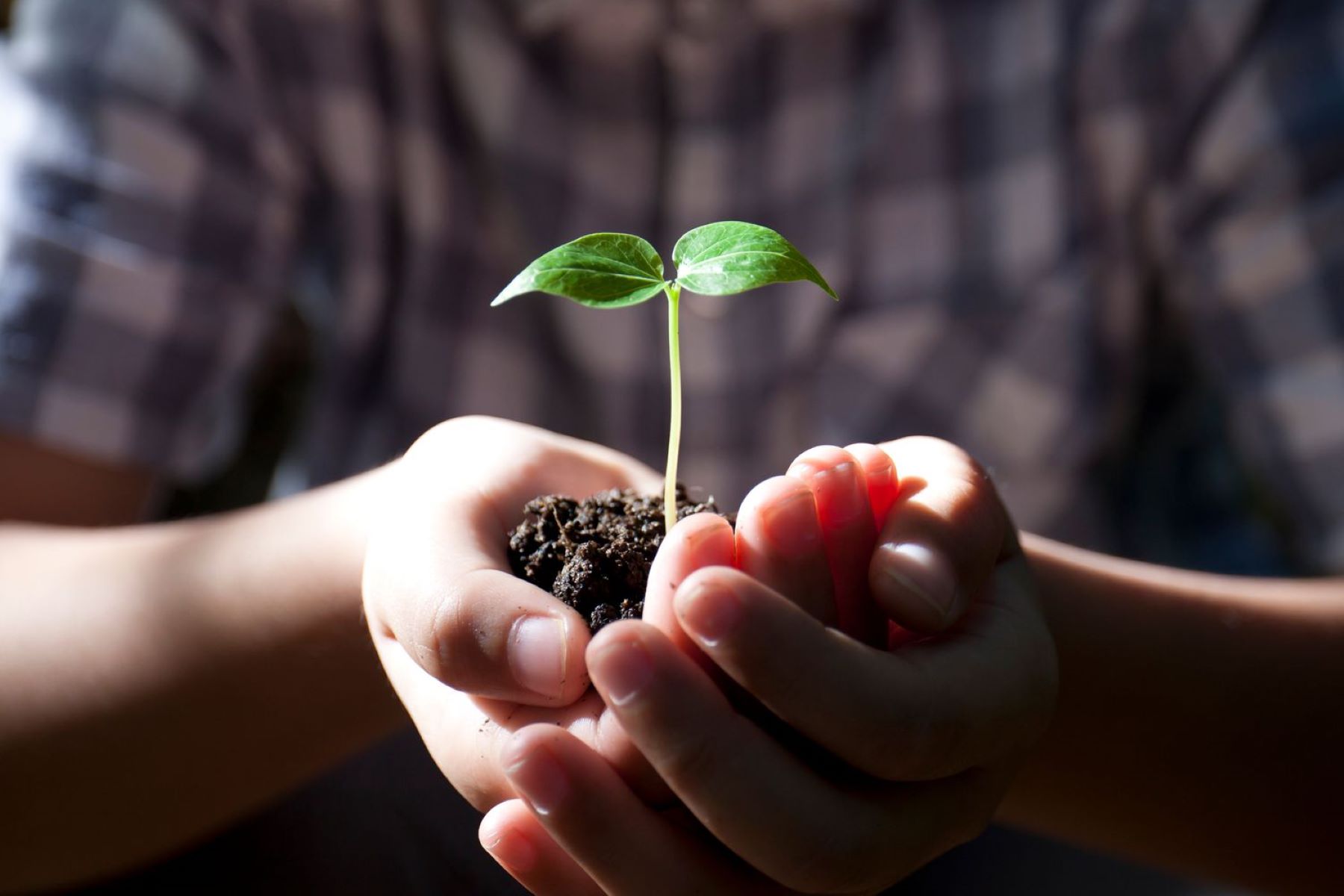
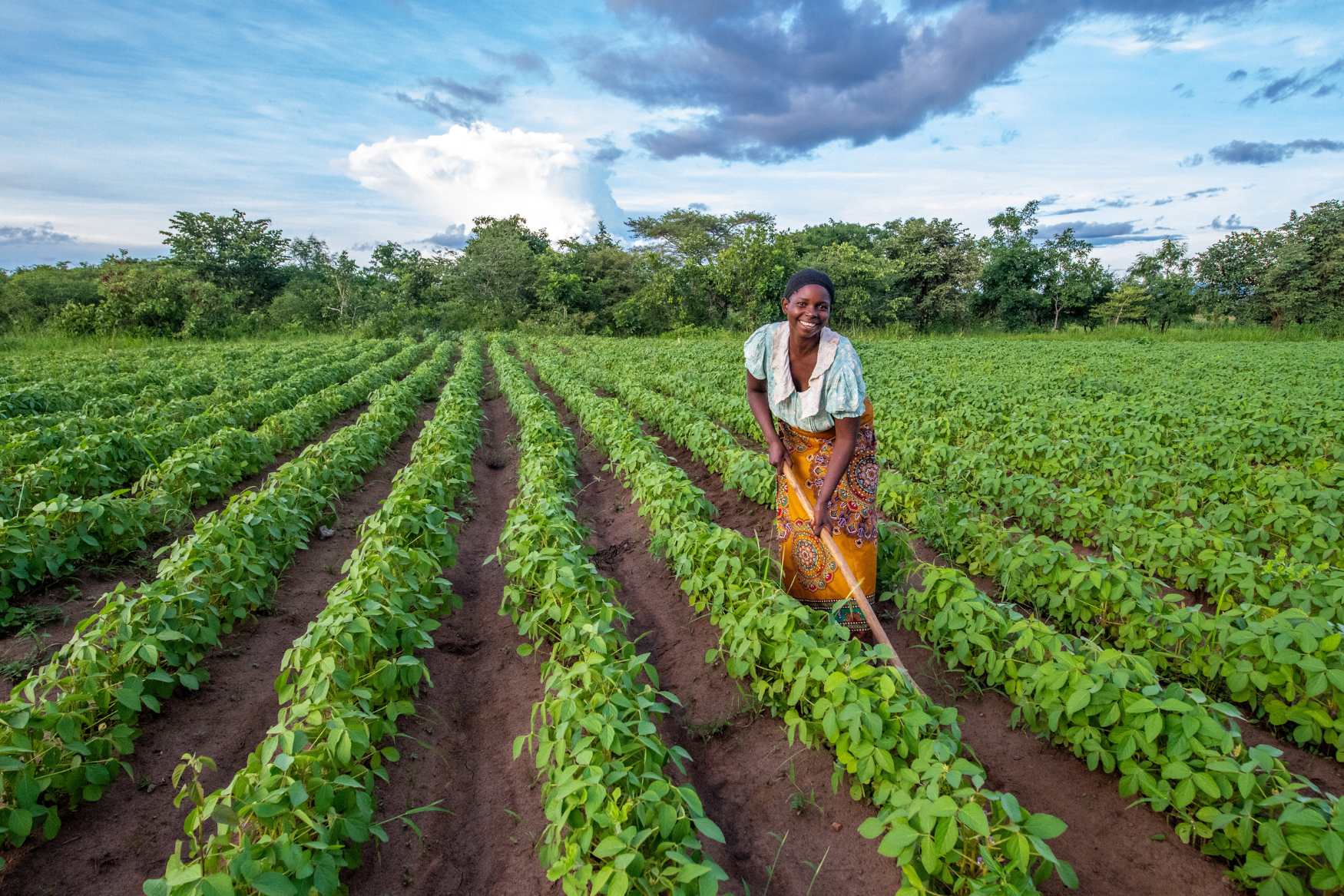
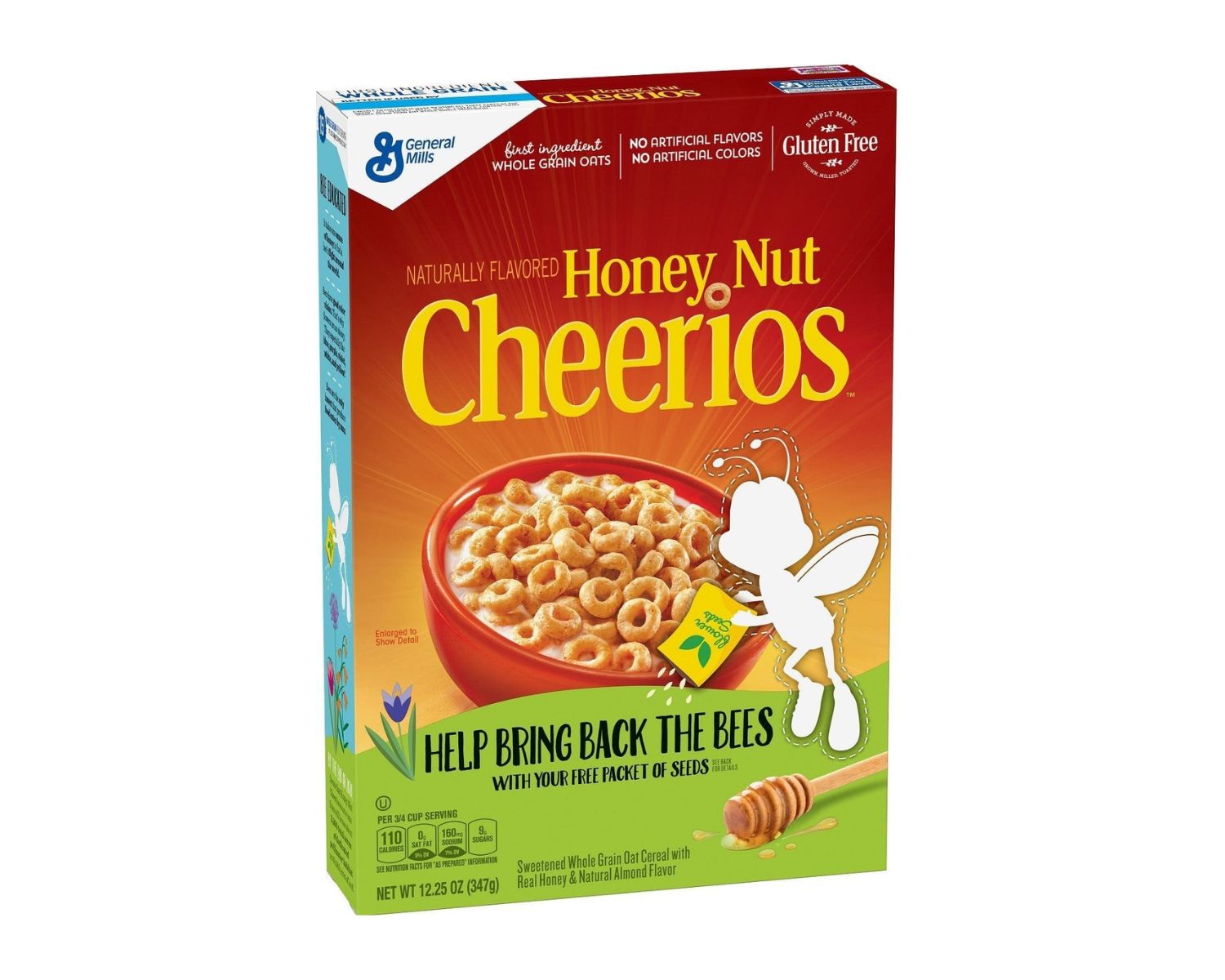
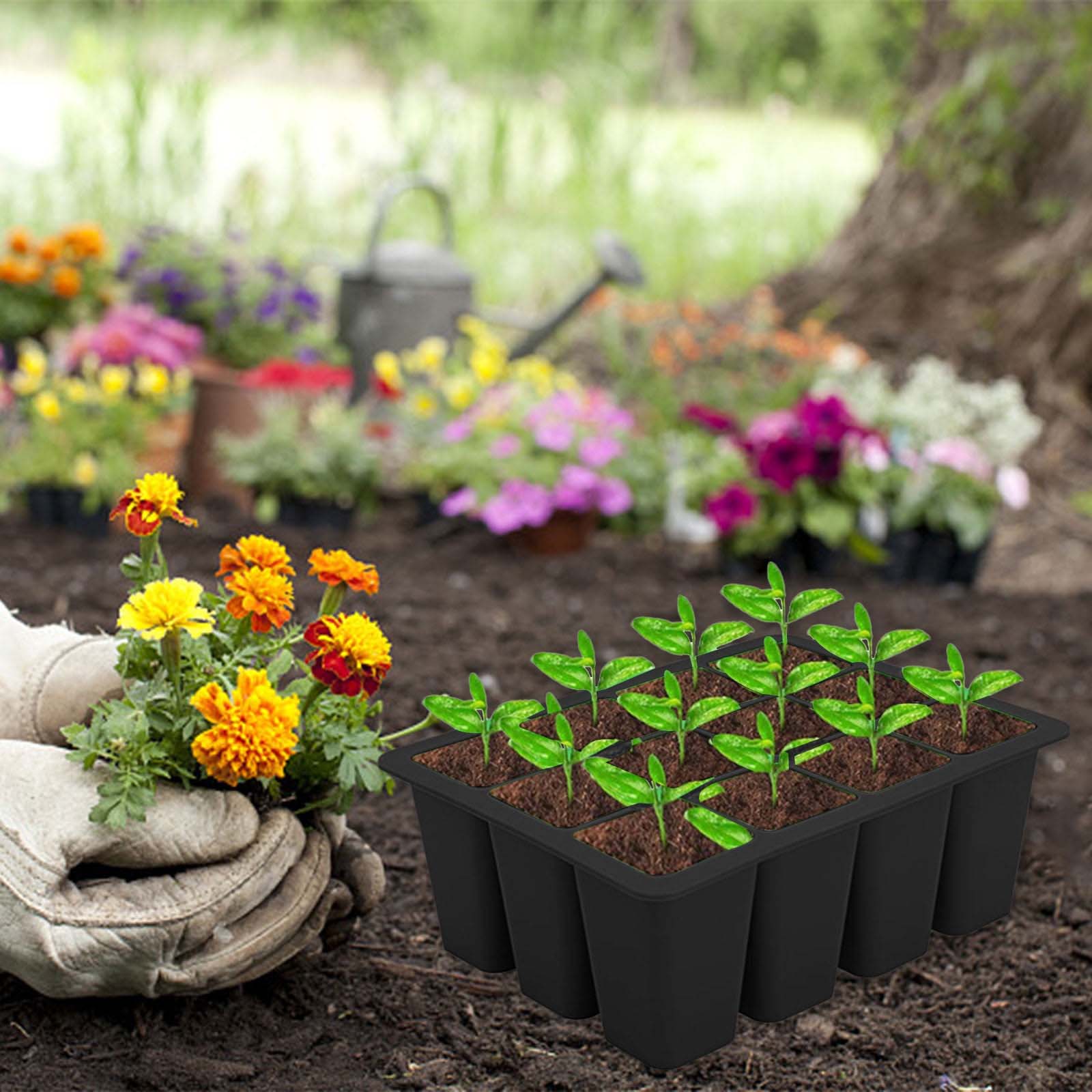
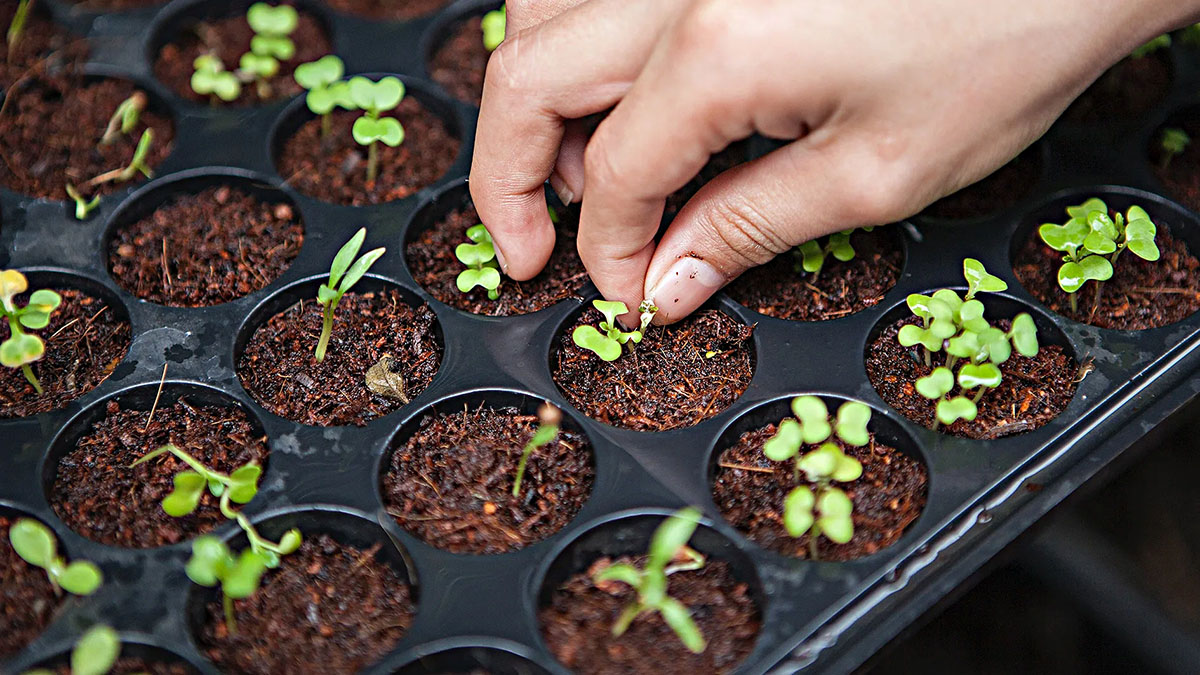

0 thoughts on “What Are Seed Plants”